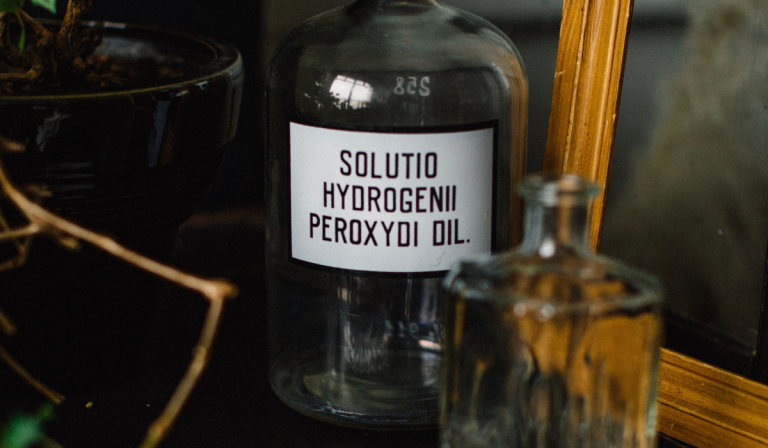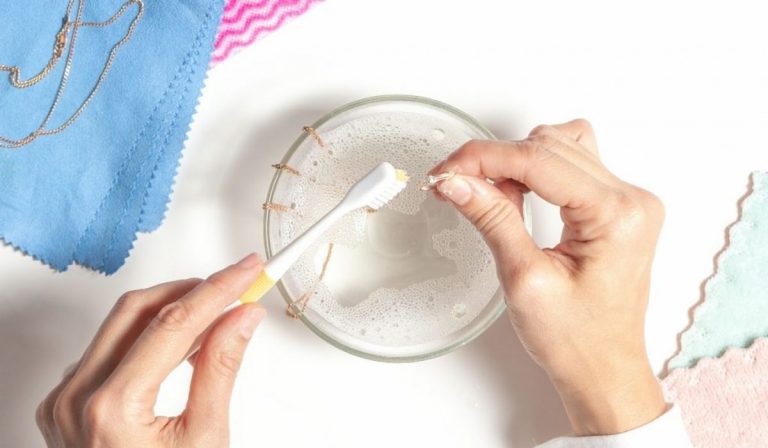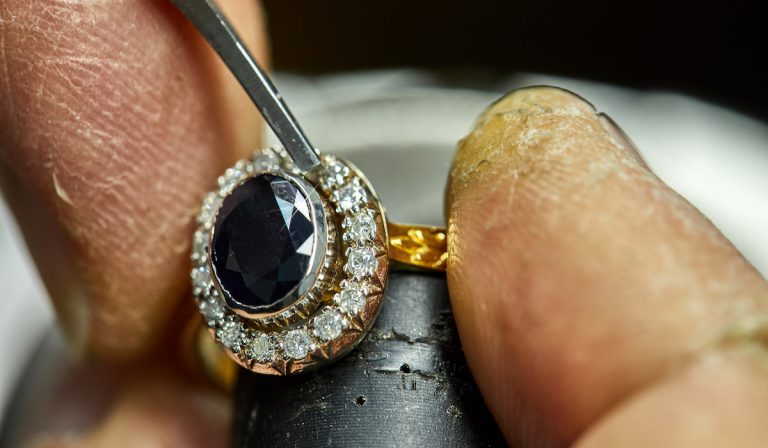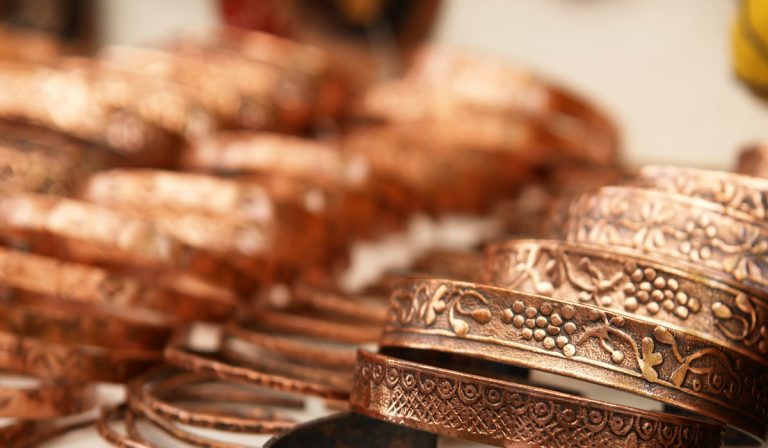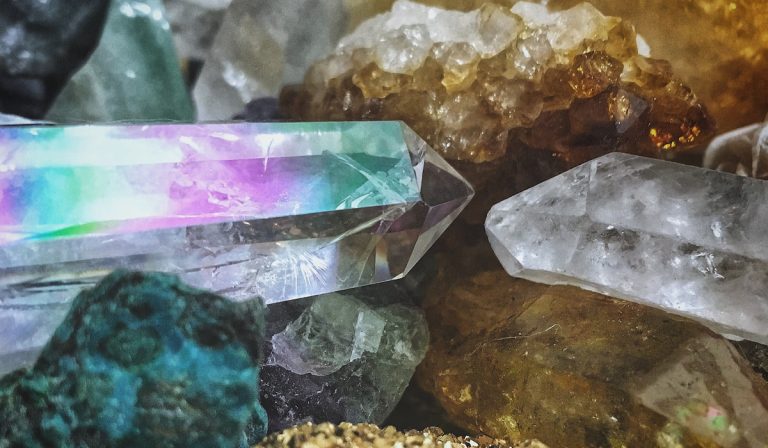Can You Make Gallstone Jewelry? (If Yes, How To?)
As odd as it may sound, gallstones are an item that may be found on a shelf in a closet or cabinet. Some may keep them as souvenirs after surgical removal or passing them. Perhaps you have thought about using the gallstones in a creative way, such as for jewelry.
Well, despite all logical predictions to the contrary, you wouldn’t be the first to wonder about that. By the end of this article, you will not only know the answer to that question,(which is yes), but also a detailed assessment of how to make a gallstone choker of your very own.
So, is it possible to create jewelry from gallstones?
It is indeed possible to repurpose these former ailment agents, and I’m surprised at how happy I am to show you how!
So first things first, you need to be able to obtain some of the stones. You can use your own (though medical professionals are notoriously stingy about giving you them despite you having to contend with the pain) or you can purchase some online.
Gallstones naturally come in a variety of colors, depending on the type of stones you have. Cholesterol stones are most commonly various shades of yellow but can also be green. Pigment stones are typically brown, dark brown, or black in color.

While this may seem limiting, if you have a specific hue in mind you can artificially alter the color later on in the hardening process, which we will discuss later on.
Getting and Preserving Gallstones
The two kinds of gallstones that are the most easily obtainable on the internet are human and cow gallstones. Human gallstones are worth very little but hard to find for shipping, while cow gallstones are very prevalent though more expensive than gold per ounce.
Due to their recent affiliation with alternative solutions to sexual dysfunction, hepatitis, and various other bodily ailments, bovine gallstones now have a surprising amount of consumers and sellers on the internet.
When you do finally get your hands on them you need to be careful, as they are very fragile. Preserving them will be important prior to working with them.
First things first, the stones must air dry for at least a couple of weeks or they will more than likely break and crumble as you are trying to assemble them. Once the process of drying is complete you will then need to move on to making them more resilient for the jewelry assembly process.
There is only one way I have been able to find to reliably keep the stone in ideal condition. You will need an epoxy resin to dip the stone into, let it dry, then repeat the process many times. This will make it less likely to fall apart or shatter, which is more than half the battle in this tedious do-it-yourself project.
Once that is complete, you should mix the glue that you’ve used to harden the stone and then blend it with the dye that best reflects what color you want it to be.
Once you’ve got your fresh fusion of goop in front of you, you will need to start dunking the stone into the mixture and rotating it regularly over the next sixty minutes.
After another sixty minutes has passed, you are going to need to repeat the process so that the stone can keep its structural identity and not morph with the resin. Once this process is done you are now ready to put your own personal agony into a pendant, necklace, or ring of your choice.
Finding the Right Jewelry for the Job
While detailed information on gallstone jewelry-making might be relatively scarce on the internet, pictures abound of various types of trinkets people have made with little more than some thread, a bit of creativity, and a cholesterol stone. (We all wish the name had a little more romance to it.)
Instead of limiting you to one or two formulaic, generic pieces you can make with your hard-earned and hard-lived gallstones, I’d like to offer up a few different examples of what you can throw your body rock into.
A crystal wrap is any type of string (hemp, nylon, leather cord, etc.) or chain wrapped around the stone to create a grip that will hold it in an aesthetically elegant casing. This is also possible for the top of a ring or even the centerpiece of a bracelet.
Another idea would be using one of the several different methods of stone setting, which is more possible than you might think.
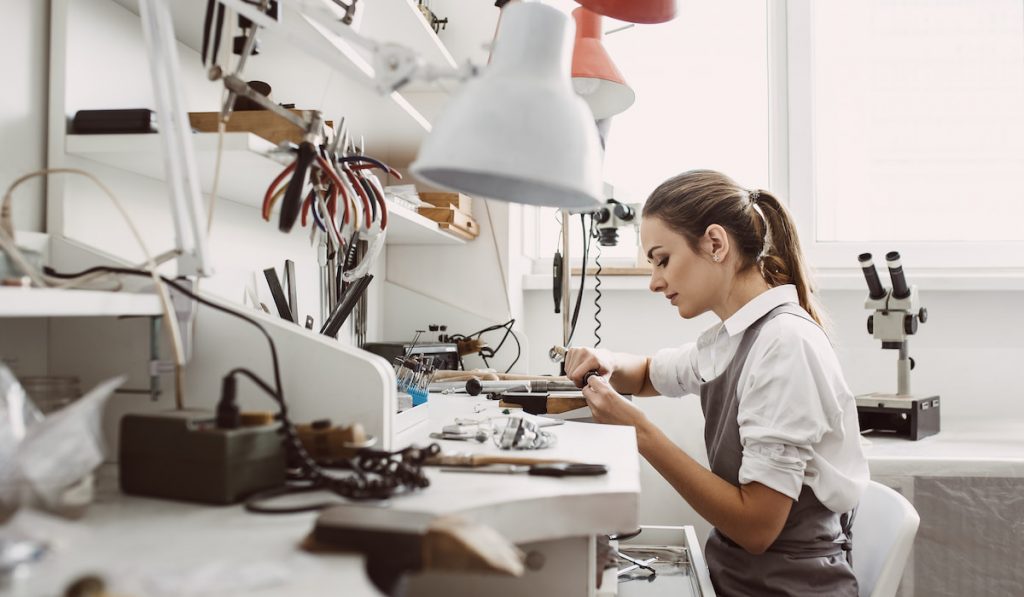
As more and more people flock to DIY, tools once reserved for professional jewelers are now available for anyone in the market to get to set their own stones.
The most straightforward and least costly is the prong setting, which is three to six claws that grip the stone in place. It is paramount that you avoid techniques that test the durability of the stone, like a tension setting.
Both of these create several different options for the types of jewelry you could make: beaded necklaces with your gallstone as the centerpiece; a ring with a wire-wrapped gallstone; or a simplistic necklace made of nothing more than a few pieces of string and a couple of clever knots.
The reality is this is a very niche hobby and it’s not unreasonable to assume that given the right amount of motivation you could become a leading expert in gallstone jewelry-smithing.
So while you may get odd looks from your social circle, there are far stranger hobbies to have. Younger generations forget that it wasn’t uncommon back in the day to keep your gallstones in a jar on a shelf somewhere, so what’s wrong with using them as cost-effective, organic gemstones?
The answer is nothing! Your friends will be jealous and you will be too busy being decked out in the finest pigment stones deconjugated bilirubin can produce to care.
If you follow the basic guidelines laid out here for you, you will be on your way to a collection of biological jewelry that will make anyone yellowish-green (or dark brown to black) with envy, so have fun with it!
Resources:
- https://www.ashidiamonds.com/Education/SettingsAndFinishing/Setting_Methods.aspx
- https://www.wikihow.com/Wire-Wrap-a-Crystal
- https://www.instructables.com/Scallop-Jewelery-Turn-Your-Gallstones-Into-Pearls/
- https://www.mayoclinic.org/diseases-conditions/gallstones/multimedia/gallstones/img-20005747
- https://www.mayoclinic.org/diseases-conditions/gallstones/symptoms-causes/syc-20354214


